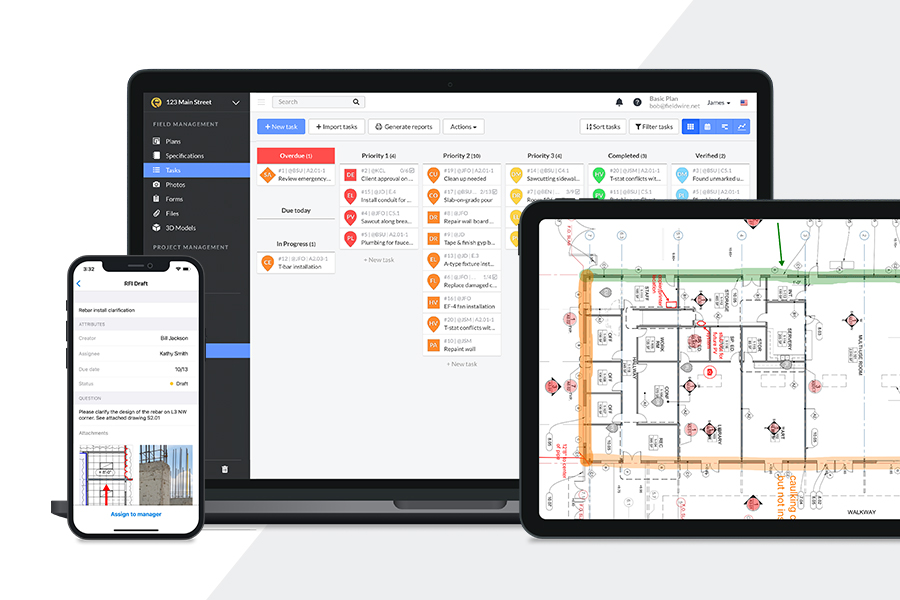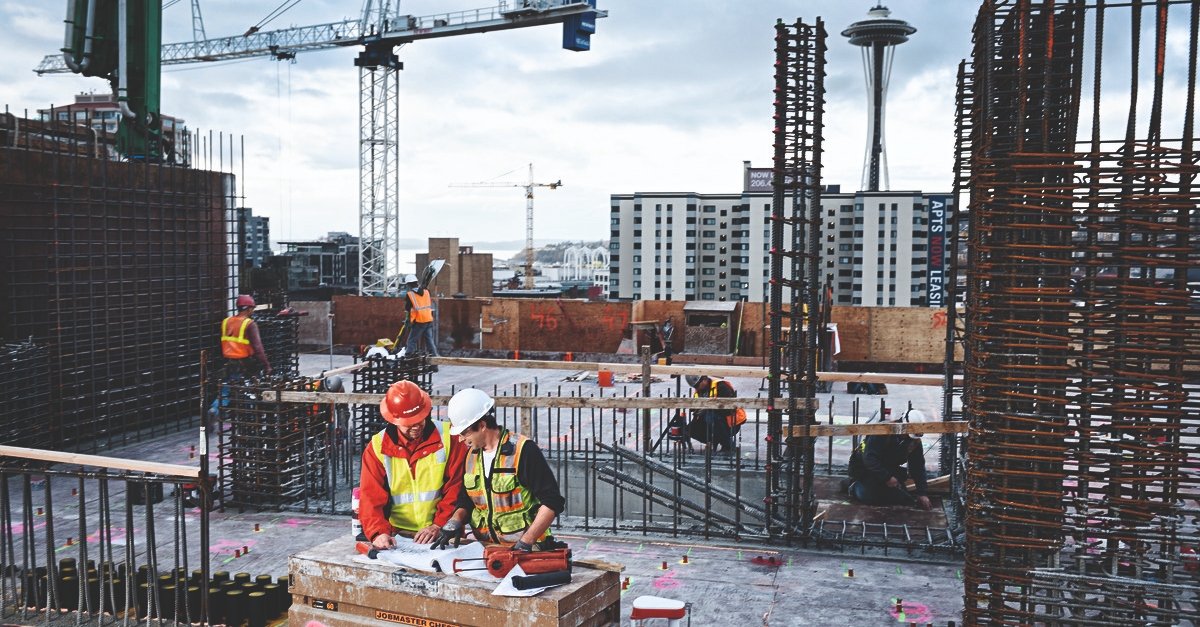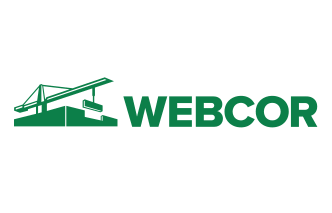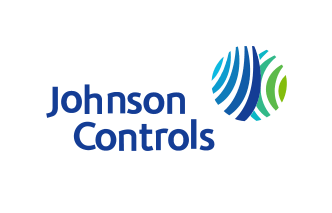Streamlining subcontractor workflows: The power of construction management software

As a subcontractor, you juggle multiple moving parts daily — from tracking equipment to ensuring your work aligns with project timelines. Construction management software streamlines these tasks by providing real-time updates, automated processes, and a central hub for communication.
Rather than chasing approvals or sifting through endless email threads, you can collaborate seamlessly with main contractors and keep everything organised in one place. Embracing digital tools helps you work smarter, reduce friction, and ensure your projects progress smoothly from beginning to end.
The challenges subcontractors face
Poor communication with main contractors and project managers can result in missed deadlines and costly errors. When information is lost in long email chains or delayed responses, minor issues can escalate into significant disputes — requiring extra time and money to resolve.
Managing documents such as contracts, submittals, and change orders can also feel like a constant uphill struggle. One incorrect version can put you at risk of non-compliance or project delays. Scheduling and labour coordination further complicate matters, with last-minute changes often derailing progress. Without robust systems, these challenges accumulate rapidly, making it harder to keep projects on track.
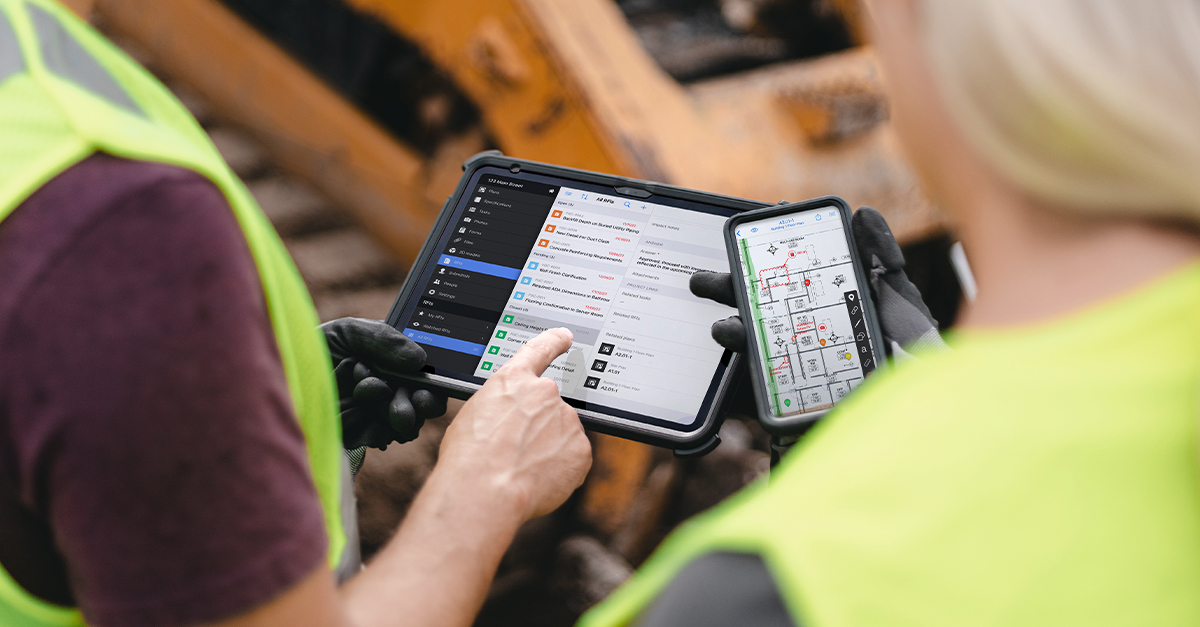
How construction management software solves these challenges
Without the right tools, managing subcontractor workflows can feel like an uphill battle plagued by miscommunications, delays, and unnecessary costs. Construction project management software alleviates these pain points by streamlining communication and providing full visibility into all aspects of your work.
Centralised communication and collaboration
Staying informed about project updates is vital — but relying on phone calls, emails, or outdated spreadsheets slows progress. Streamlined technology provides real-time updates on tasks, schedules, and changes, ensuring you're always working with the latest information.
Mobile-friendly platforms enhance accessibility. Whether you’re on-site or in the office, you can access project details, submit updates, and liaise with your team instantly. This level of connectivity keeps everyone aligned, minimises miscommunication, and supports quicker, more informed decisions.
Equipment tracking and maintenance scheduling
Maintaining equipment in peak condition helps avoid costly breakdowns and ensures optimal performance. Construction management software assists by automating service reminders, helping extend the life of your equipment and keeping it operating at full capacity. It also helps you monitor project phases and identify when it’s time to inspect structures. For example, retaining walls in earthworks projects require regular monitoring. In plumbing or roofing works, post-installation services help prevent major repairs.
With real-time tracking of equipment usage and availability, you always know which machinery is in operation, awaiting maintenance, or in need of repair. Integration with inventory systems streamlines the ordering of replacement parts, reducing downtime and keeping work on schedule.
Streamlined document management
Keeping track of essential documents such as contracts and permits can be daunting. Construction management software resolves this with secure digital storage, allowing for fast, organised retrieval. No more rummaging through inboxes or filing cabinets — everything is held on one central platform.
Automation further improves workflows by tracking approvals and ensuring compliance, thereby reducing the risk of delays. Nearly 70% of industry executives cite poor contractor performance as a root cause of underperforming projects. Improving document management and automating key workflows can minimise errors, enhance productivity, and keep timelines intact.
Enhanced scheduling and resource allocation
Aligning schedules across labour, materials, and equipment is one of construction’s biggest challenges. Dynamic scheduling tools make this easier. Automated planning reduces manual work and cuts costs by streamlining operations and eliminating inefficiencies.
Rather than juggling spreadsheets and last-minute amendments, you benefit from a clear, real-time overview of resource allocation. This ensures materials and teams are in the right place at the right time. Integration with platforms used by main contractors helps maintain alignment and prevent disruptions.
Overcoming resistance to software adoption in subcontracting
Adopting construction management software can seem daunting, especially with upfront costs and concerns over complexity. Field teams and office staff may resist change, preferring familiar systems. In most cases, the root issue is not cost, but unfamiliarity with digital tools and fear of a steep learning curve. However, with a strategic approach, you can simplify adoption and ensure a smooth transition:
But with the right approach, you can streamline technology and make the transition smooth and more effective. Here’s how you can initiate the process:
- Start with a pilot programme: Trial the software on a small project to demonstrate value before a full rollout.
- Provide hands-on training: Offer in-person or online sessions to build comfort with the new system.
- Highlight real benefits: Show how automation eliminates paperwork, accelerates approvals, and prevents costly setbacks.
- Choose user-friendly platforms: Select intuitive software with mobile access for easier adoption.
- Offer ongoing support: Supply continual guidance and resources to support a confident transition.
Finding the right construction management software
Investing in the right construction project management software can transform your business — eliminating bottlenecks and improving operational efficiency. Take the time to evaluate platforms that match your workflow challenges so you can simplify project delivery, reduce stress, and stay competitive.


